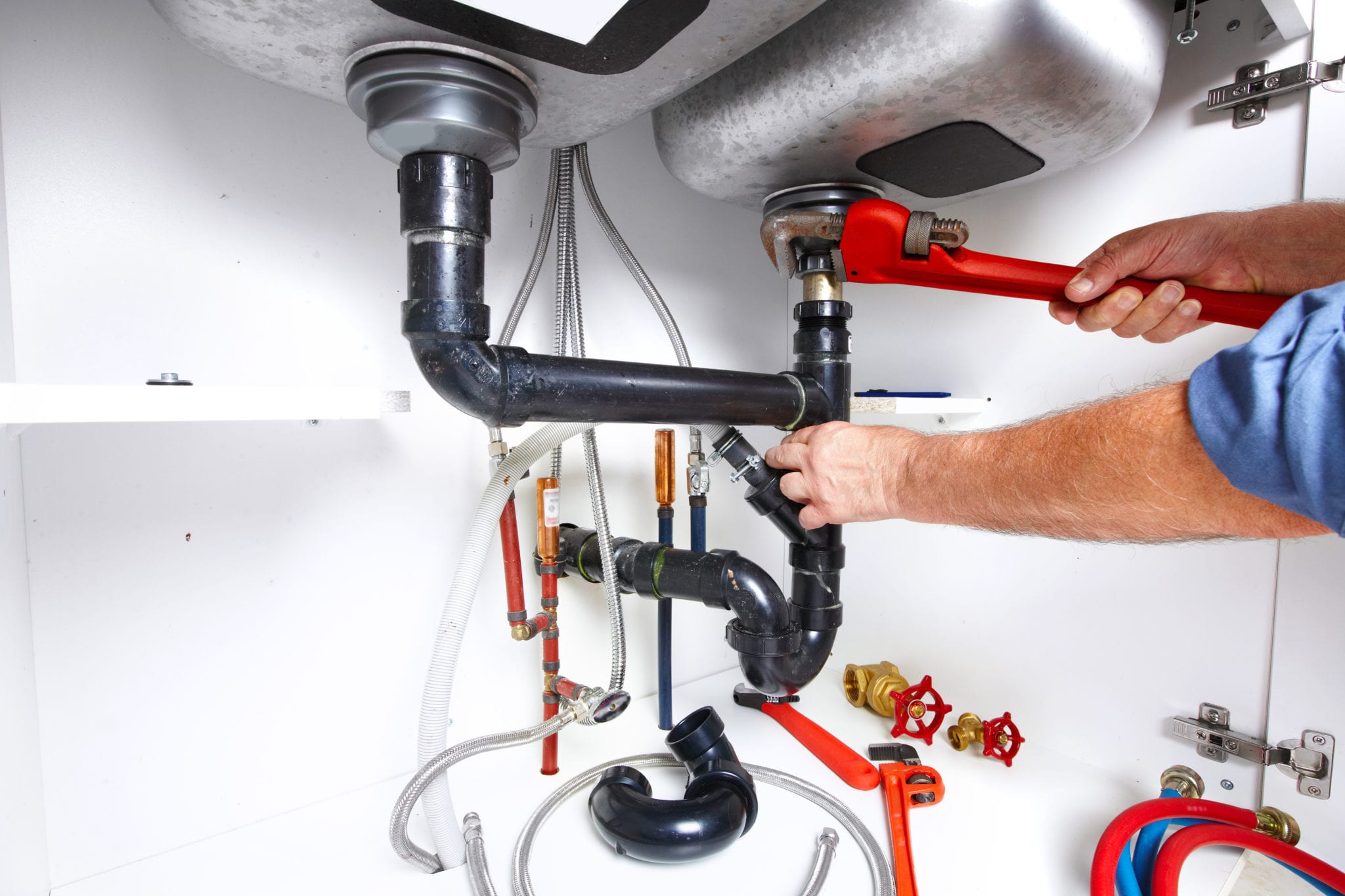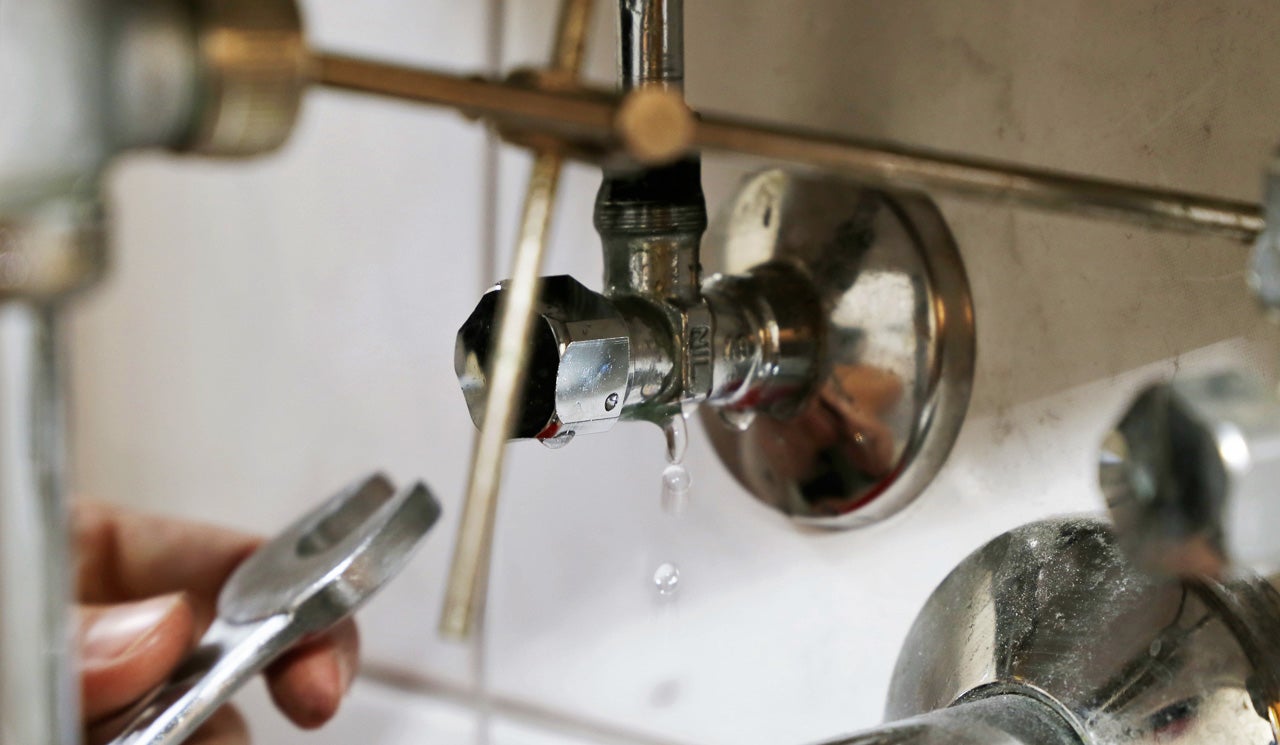Overview To Water Leak Detection At Home
Overview To Water Leak Detection At Home
Blog Article
Here below you will find a bunch of amazing details all about Leaking water lines.

Early detection of leaking water lines can minimize a possible calamity. Some little water leaks might not be visible.
1. Check Out the Water Meter
Every home has a water meter. Checking it is a proven way that helps you find leaks. For beginners, shut off all the water resources. Make sure nobody will purge, utilize the tap, shower, run the cleaning device or dish washer. From there, go to the meter and also watch if it will transform. Given that no one is using it, there need to be no activities. If it moves, that shows a fast-moving leak. Furthermore, if you detect no changes, wait an hour or more and inspect back once more. This indicates you might have a slow-moving leak that could even be below ground.
2. Inspect Water Usage
If you detect abrupt changes, despite your intake being the very same, it indicates that you have leaks in your plumbing system. A sudden spike in your bill shows a fast-moving leakage.
On the other hand, a stable increase every month, despite having the very same habits, reveals you have a slow-moving leak that's also gradually intensifying. Call a plumber to completely check your property, specifically if you feel a warm location on your floor with piping below.
3. Do a Food Coloring Test
30% comes from toilets when it comes to water consumption. Examination to see if they are running appropriately. Drop specks of food color in the storage tank as well as wait 10 minutes. There's a leakage in between the storage tank and also bowl if the shade somehow infiltrates your dish throughout that time without flushing.
4. Asses Exterior Lines
Do not fail to remember to examine your outdoor water lines also. Test spigots by affixing a garden pipe. Ought to water permeate out of the connection, you have a loose rubber gasket. Change this and make sure all links are tight. It will assist obtain it professionally took a look at and also kept annually if you've obtained a lawn sprinkler system. One tiny leak can throw away tons of water and surge your water expense.
5. Examine as well as Assess the Scenario
Homeowners should make it a habit to examine under the sink counters and also also inside closets for any kind of bad odor or mold and mildew development. These 2 warnings suggest a leak so prompt attention is required. Doing regular examinations, also bi-annually, can save you from a significant issue.
Examine for discolorations and also deteriorating as most home appliances and pipelines have a life expectancy. If you believe leaking water lines in your plumbing system, do not wait for it to intensify.
Early discovery of leaking water lines can alleviate a potential catastrophe. Some tiny water leaks might not be visible. Checking it is a guaranteed way that aids you discover leakages. One little leak can lose loads of water as well as increase your water expense.
If you presume leaking water lines in your plumbing system, don't wait for it to intensify.
WARNING SIGNS OF WATER LEAKAGE BEHIND THE WALL
PERSISTENT MUSTY ODORS
As water slowly drips from a leaky pipe inside the wall, flooring and sheetrock stay damp and develop an odor similar to wet cardboard. It generates a musty smell that can help you find hidden leaks.
MOLD IN UNUSUAL AREAS
Mold usually grows in wet areas like kitchens, baths and laundry rooms. If you spot the stuff on walls or baseboards in other rooms of the house, it’s a good indicator of undetected water leaks.
STAINS THAT GROW
When mold thrives around a leaky pipe, it sometimes takes hold on the inside surface of the affected wall. A growing stain on otherwise clean sheetrock is often your sign of a hidden plumbing problem.
PEELING OR BUBBLING WALLPAPER / PAINT
This clue is easy to miss in rooms that don’t get much use. When you see wallpaper separating along seams or paint bubbling or flaking off the wall, blame sheetrock that stays wet because of an undetected leak.
BUCKLED CEILINGS AND STAINED FLOORS
If ceilings or floors in bathrooms, kitchens or laundry areas develop structural problems, don’t rule out constant damp inside the walls. Wet sheetrock can affect adjacent framing, flooring and ceilings.
https://www.servicemasterbyzaba.com/blog/how-to-detect-water-leakage-in-walls/

I have been very taken with Finding hidden leaks and I am hoping you liked the blog post. Enjoyed reading our blog entry? Please share it. Help others find it. Thank you for your time. Come back soon.
Report this page